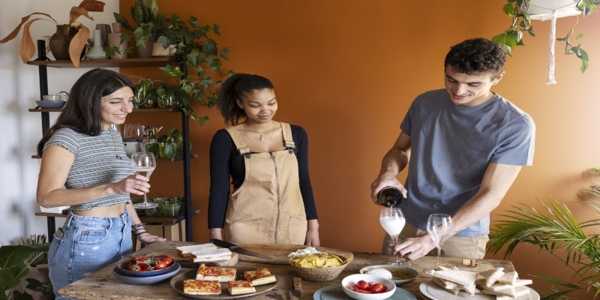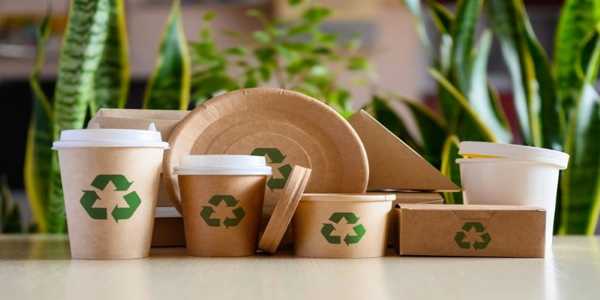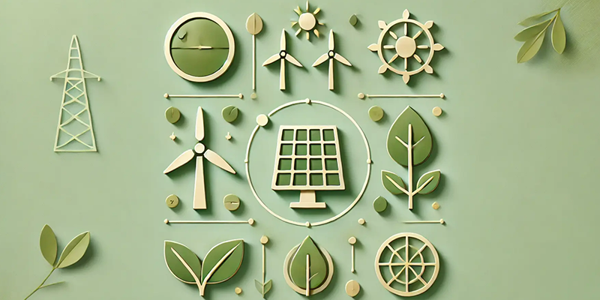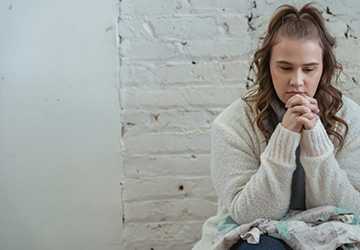How To Teach Kids About Sustainability In Fun Ways
Sustainability is a concept that’s becoming increasingly important in today’s world. However, for kids, it can be a challenging idea to grasp. Teaching children about sustainability doesn’t have to be a dry or complicated process. In fact, it can be an engaging and fun learning experience. With the right approach, kids can begin to understand the significance of caring for the environment, reducing waste, and making choices that support a sustainable future. Here’s how to teach kids about sustainability in ways that are enjoyable and impactful.
Make It Interactive With Hands-On Projects
The best way to teach kids about sustainability is to show them rather than just tell them. Hands-on projects help children learn through experience, making abstract ideas more tangible. Start with simple activities like creating a compost bin at home. Show them how food scraps break down and turn into nutrient-rich soil that can help grow plants. Not only does this teach kids about waste reduction, but it also introduces them to the concept of recycling organic materials. You can also plant a small garden together, where they can see how plants grow and the role that water, sunlight, and soil play in supporting life.
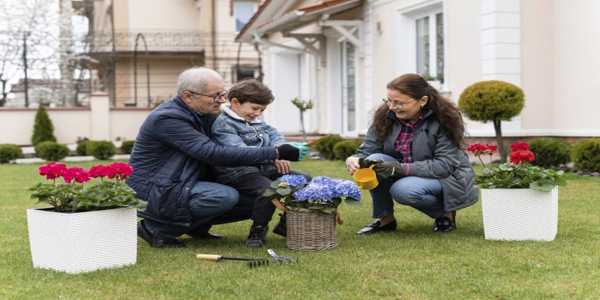
Recycling crafts is another excellent hands-on project. For example, you can use cardboard, old newspapers, or plastic bottles to create art or even useful items like bird feeders or plant pots. These projects teach kids that recycling is not just about throwing things away but it can be part of a creative and sustainable process.
Take Them Outside To Learn
Kids are naturally curious about the world around them, so why not use the outdoors as a classroom? Nature walks or visits to parks can be an excellent way to teach them about the importance of preserving the environment. Use these trips as opportunities to talk about ecosystems, wildlife, and the impacts of pollution.
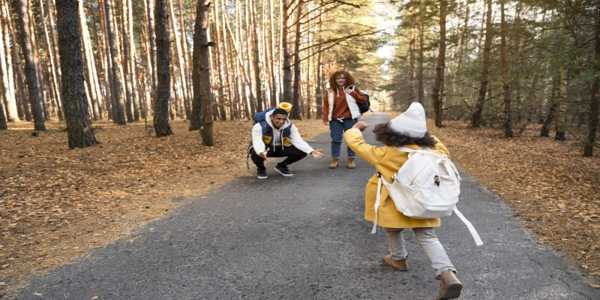
You can also take them to local farms or sustainable businesses where they can see firsthand how food is grown responsibly or how renewable energy is used. Kids tend to remember these experiences much better when they’ve seen sustainable practices in action.
To make the experience even more educational, you can turn these outings into scavenger hunts or nature challenges. For example, challenge them to find five different types of leaves, identify various animals, or look for evidence of pollution like trash or litter. This adds a sense of adventure while teaching them about biodiversity and conservation.
Introduce Sustainability In Everyday Activities
Sustainability doesn't need to be a special event or a one-time lesson. Incorporating sustainable habits into daily life helps kids learn that taking care of the planet is an ongoing responsibility. Use everyday activities as teachable moments. For example, they can be involved in grocery shopping by discussing the difference between plastic and paper bags or the importance of choosing locally sourced food. You can even have them help sort recycling or plan meals that reduce food waste.
Another simple way to bring sustainability into everyday life is through energy conservation. Teach kids to turn off lights when they leave a room, unplug appliances when they’re not in use, or choose to walk or bike short distances instead of driving. These actions might seem small, but they help instill a mindset of efficiency and awareness from an early age.
Even when it comes to screen time, you can use technology to reinforce sustainable concepts. Several child-friendly apps and games teach kids about energy conservation, recycling, and other environmental issues in fun and interactive ways. For example, some apps turn energy-saving actions into virtual rewards, making it easier for kids to understand the consequences of their choices.
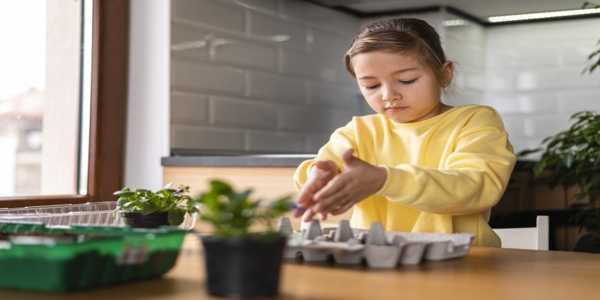
Use Books And Stories To Engage Their Imagination
Kids love stories, and stories are a powerful way to introduce complex ideas like sustainability. Many books and stories for children teach environmental themes through compelling narratives and characters. Books like The Lorax by Dr. Seuss or The Earth Book by Todd Parr introduce children to important environmental issues in a fun and relatable way.
You can also create your own stories. For example, you could write a short adventure about a group of animals working together to clean up their forest or about a little girl who learns how to reduce her carbon footprint. Children’s stories that involve problem-solving, teamwork, and taking care of the planet can help reinforce the idea that sustainability is something everyone can participate in, no matter how small they are.
You might also consider using media like cartoons or short films that focus on sustainability. Shows such as Pocoyo or Peppa Pig often include episodes with messages about recycling or protecting nature. These stories help reinforce the values of environmental stewardship in a way that feels natural and entertaining.
Teach About The Impact Of Their Choices
Teaching kids about sustainability is not just about encouraging eco-friendly behaviors—it’s also about helping them understand why their choices matter. When children start to grasp the bigger picture, they’re more likely to make responsible decisions.
A good way to illustrate this is by talking about the consequences of actions. For instance, if you’re talking about water conservation, you could explain how wasting water affects not just our homes but also the environment, especially in areas where water is scarce. Or, when discussing food waste, you can explain how much energy and resources go into growing food and how throwing it away impacts the planet.
It’s essential to make these lessons relatable by discussing things that are within their experience. For example, if they love animals, explain how pollution or habitat destruction can harm wildlife. If they enjoy playing outside, talk about how climate change affects the weather and the environments where they like to play. This approach helps kids see the connection between their actions and the world around them, encouraging them to think critically about their choices.
Use Eco-Friendly Products In Fun Ways
Another way to teach kids about sustainability is to introduce them to eco-friendly products and show them how they can use them in everyday life. For instance, you can buy reusable straws, water bottles, or lunchboxes and talk to them about the importance of avoiding single-use plastic. Explain how using these products reduces waste and pollution.
Eco-friendly toys made from sustainable materials can also be a fun way to incorporate sustainability into playtime. Many toy manufacturers now produce items made from recycled materials or sustainably sourced wood. Playing with these toys gives kids a hands-on lesson in sustainable design while also providing an enjoyable play experience.
Additionally, you could involve kids in sustainable crafts, like making their own paper or designing upcycled decorations. This not only teaches the value of reusing materials but also allows them to see how creativity can contribute to sustainability.
Encourage Kids To Share What They Learn
Finally, one of the best ways to reinforce sustainable habits is to encourage kids to share what they've learned. When children explain what they know, it helps them internalize the information and feel proud of their actions. You can encourage them to talk about what they've learned with friends and family members or even create a sustainability project for their school or local community.
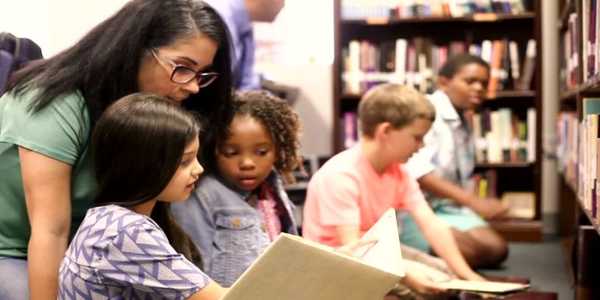
For example, they might give a presentation about reducing waste or organizing a cleanup event at a local park. These activities not only help children take ownership of their learning but also spread the message of sustainability to others. Encouraging kids to lead by example and share their knowledge gives them a sense of responsibility and shows that they can make a difference in the world.
Conclusion
Teaching kids about sustainability doesn’t have to be complicated or overwhelming. By making the process fun, interactive, and relevant to their everyday lives, you can help them develop a lifelong appreciation for the environment. Whether through hands-on projects, outdoor adventures, or everyday habits, kids can learn that their choices matter and that they have the power to create a more sustainable future. The key is to keep it engaging, practical, and connected to the world around them. With the right approach, sustainability can become a natural and exciting part of their lives.

